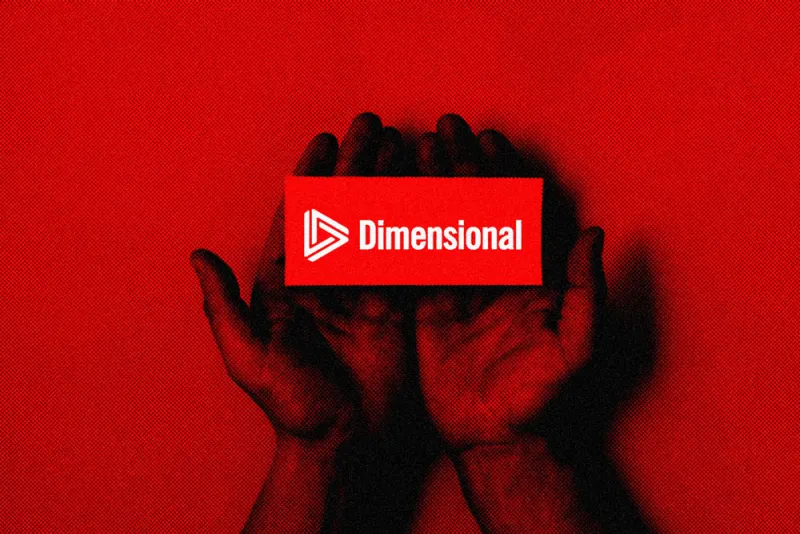The notion that RIAs – independent, private wealth managers – are a revelation hatched in the past decade is false.
They have been around much longer and Dave Butler, co-CEO of Dimensional Fund Advisors, the mutual fund company with $579 billion under management, has observed many changes since his company’s “ah ha” RIA moment years ago.
Shortly after Charles Schwab began working with RIAs and opened its mutual fund marketplace in the 1980s, DFA became one of the first asset managers to offer their funds on the platform. At the same time, advisors started slowly departing brokerage sales-forces to help clients invest for the long-term, spurring interest in multi-factor investing.
For help, they turned to DFA, which was not just educating RIAs about its funds, but going out of the way to help them build portfolios before there were model marketplaces and the like, Butler said.
“That was the moment when we started working with a lot of advisors.”
Fast forward 30 years and things have changed all over again. DFA’s communication with RIAs remains centered on investment management but includes much more now. The asset manager, which prides itself on alpha-generating strategies, has invested in resources to help improve the practices of advisors who use DFA funds.
It now hosts “hundreds” of free conferences and study groups focused on topics like “storytelling” to help advisors master the qualitative side of wealth management, Butler told RIA Intel. The CEO likened them to university courses; More general courses have dozens of attendees and more specific ones could have 10 or fewer. DFA has always made time for individual meetings with RIAs, he said.
Over the past eight years, advisors have evolved from investment allocators into holistic managers and DFA’s practice management resources aren’t merely a reaction to the change. As it has in the past, the asset manager sees itself playing a part in the advisor-client relationship indefinitely.
“We think it’s a triangular relationship that we want to be involved with,” Butler said.
DFA believes it has an edge over competitors, having worked with advisors for so long. The company is sitting on a three-decade mountain of data and information it does its best to leverage on behalf of the RIAs it works with, said Bryce Skaff, the co-head of the Global Client Group at Dimensional Fund Advisors.
Since 2010, the asset manager has been creating its own benchmarking study that includes 772 U.S. advisory firms (all DFA clients) managing a total of $230 billion for 203,000 households. Unlike others, this study is reserved for internal use because it includes the profit and loss statements of RIAs and gives DFA deep insight into the mechanics and changes of the businesses.
DFA says it can offer material help to RIAs managing $100 million that see themselves eventually overseeing $1 billion or more. “We have the information and we know what that looks like,” Butler said. “We think of ourselves as conduits of information.”
In addition to DFA’s investment philosophy, advisors have also bought into its value as a consultant.
But, whatever you do, don’t call them a cult.
“It's sort of a misunderstanding out there. When people say cult, that bothers me in a sense. These advisors are independent and they are doing what they feel is best for the client and they have come to the conclusion that Dimensional is the best thing for their client, period,” Butler said.
If an RIA finds a better solution provider than DFA, “they have an obligation to use it.”






